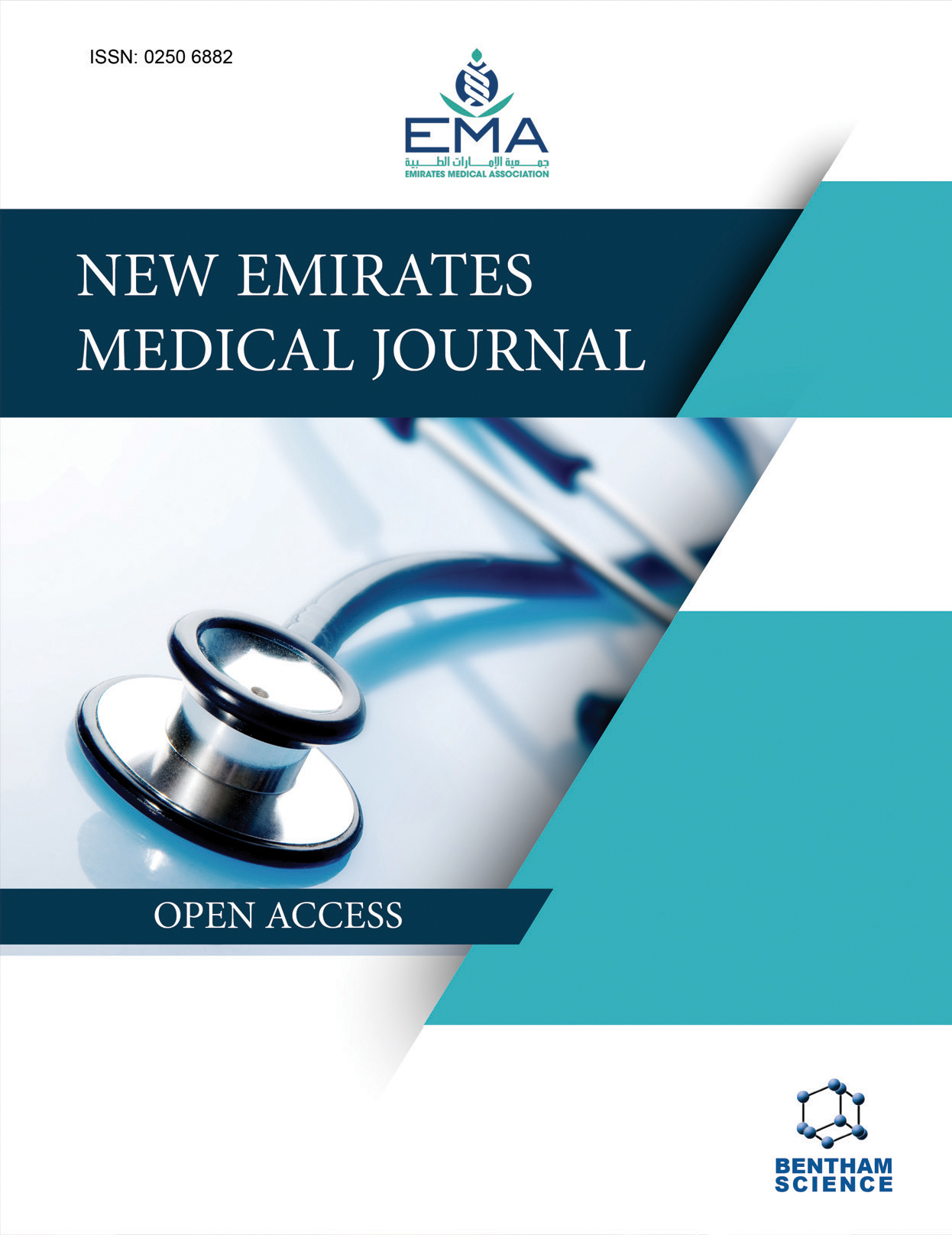-
oa Perceived Impact of Plastic Pollution on Bio-ecological Environment and Human Health: A Cross-sectional Survey among Nursing Students in United Arab Emirates
- Source: New Emirates Medical Journal, Volume 5, Issue 1, Jan 2024, e02506882282118
-
- 13 Sep 2023
- 06 Nov 2023
- 01 Jan 2024
Abstract
Plastics have become an inevitable part of life. Healthcare workers play an ineluctable role in creating enduring solutions to plastic pollution and mitigating the impact of plastic pollution on human health and well-being.
The aim of this study was to explore the pattern of plastic consumption and the perception of the bioecological and health impact of plastic pollution among undergraduate nursing students.
A quantitative, cross-sectional survey was undertaken among 200 undergraduate nursing students recruited through a convenience sampling technique. Data were collected using a self-developed structured questionnaire and analysed using SPSS version 26. A p-value of less than 0.05 was taken as statistically significant.
The mean age of the students was found to be 20.12± 6 years. Though more than half (65.7%) of them reported using plastic products daily, 63.3% of the students reported willingness to reduce the use of plastic products. Bottled water (72.4%), followed by bags (62.4%) were the most frequent modality of plastic used. Only 47.6% of them were aware of the difference between 100% biodegradable versus recyclable plastics. The perceived impact of plastic pollution on bio-ecological environments and human health was found to be low among most (66.7% and 43.7% respectively) of the students.
Awareness regarding the direct and indirect hazards of plastic pollution and available sustainable alternatives to plastic needs to be strengthened among the study population.



